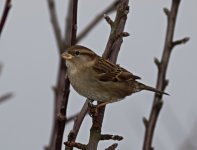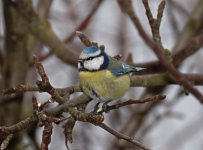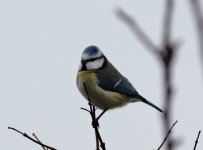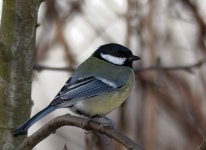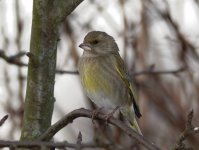Tord
Well-known member
Hi,
Today was the dullest day you can imagine from a light point of view, thick clouds all over.
I setup my gear in my backyard and took a few samples with the FL50R flash and a beam extender. The setup looks very much like the one Carlos uses (see earlier post in this thread).
I used the wireless control (RC), TTL mode.
What do you think?
@ Carlos: do you use the "super-FP" flash mode?
Today was the dullest day you can imagine from a light point of view, thick clouds all over.
I setup my gear in my backyard and took a few samples with the FL50R flash and a beam extender. The setup looks very much like the one Carlos uses (see earlier post in this thread).
I used the wireless control (RC), TTL mode.
What do you think?
@ Carlos: do you use the "super-FP" flash mode?




